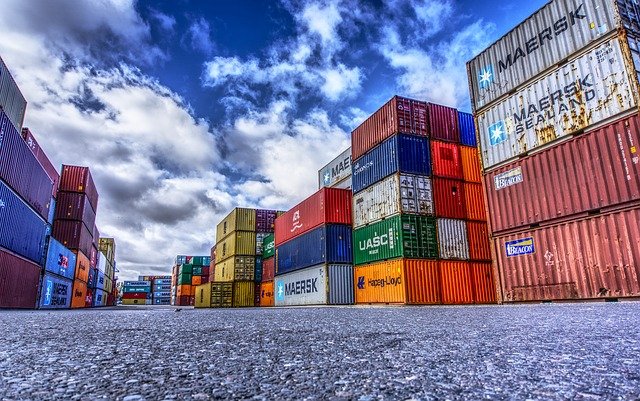The Thailand Board of Investment (BOI) at a meeting on June 13, 2022, approved a combined 209.5 billion baht (US$6.2 billion) worth of investment applications in manufacturing and infrastructure projects, including 36.1 billion baht by Horizon Plus Co., Ltd., a joint venture between Taiwan’s Foxconn and Thailand’s PTT PCL, to make battery electric vehicles (BEV). The BOI also approved enhanced benefits for investment in battery production, building on a policy to become Southeast Asia’s EV manufacturing hub. A set of improved incentives to promote investments in smart industrial estates and smart systems, including upgrades of existing industrial estates, were also approved.
“The roll out over the last three years of the measures to boost investment in EVs is already showing clear results,” Ms Duangjai Asawachintachit, Secretary General of the BOI, told reporters after the BOI meeting chaired by Prime Minister Gen Prayut Chan-o-cha. “By improving the incentives for battery production, an essential element of the industry’s transition, we hope to further strengthen the supply chain.”
Under the revised benefits, both existing and new projects using advanced technology in the production of EV batteries, from battery cells to battery modules, and in the production of high energy density batteries, will enjoy a 90 percent reduction of import duty on raw and essential materials for 5 years in cases where the output is sold domestically.
So far, a total of 16 projects, with a combined investment value of 4.82 billion baht, by 10 different companies, have been granted promotion benefits for investments in the manufacture of EV batteries. Another 3 projects, with a combined investment value of 6.75 billion baht, have been promoted for investment in high energy density batteries.
Smart industrial estates incentives
The board also approved an improved package for the promotion of investment in smart industrial estates/zones as well as an incentive package for upgrading existing general industrial estates/zones. To apply for promotional privileges or to upgrade conventional facilities to smart industrial estates/zones, the projects must provide intelligent system services to their customers in five key areas: Smart Facilities, Smart IT, Smart Energy, Smart Economy, and at least one of the three other intelligent system services, namely, Smart Good Corporate Governance, Smart Living, and Smart Workforce.
Investment promotion benefits now also extend to investments in the development of smart systems for use in industrial estates and zones. Approved projects will be granted an 8-year corporate income tax exemption. Those located in the country’s Eastern Economic Corridor (EEC) area, will enjoy a 50 percent corporate income tax reduction for an additional period of 5 years.
While investments in smart industrial estates and zones require at least 51 percent Thai shareholding to be eligible for the benefits, there is no shareholding limit for investments in the development of smart systems.
Facilitation of land ownership for foreign juristic persons
To facilitate the operations of international companies investing in Thailand, the board also approved a measure allowing BOI promoted foreign juristic persons with registered and paid-up capital of not less than 50 million baht to own land to set up offices and residential quarters for executives and foreign experts.
“The measure represents a major step in business facilitation because land ownership is one of the key factors when it comes to attracting foreign investment,” Ms Duangjai said.
Project approvals
Besides the Horizon Plus project, investment applications approved by the board on June 13 comprise:
- Asia Era One Co., Ltd. received approval for its 162.3 billion baht investment to build a high-speed rail project connecting the three airports located in Bangkok and the EEC.
- Kingboard Holdings Group, a Chinese company, received approval for its total 8.23 billion baht investment in technical fiberglass yarn and fabric for use in the production of multi-layer PCB.
- IRPC Clean Power Co., Ltd. received approval for the 2.83 billion baht expansion of its cogeneration power plant.
Source Bangkok Post
























